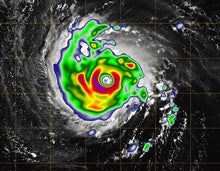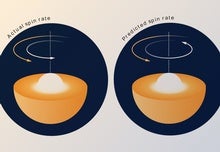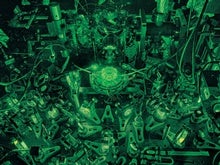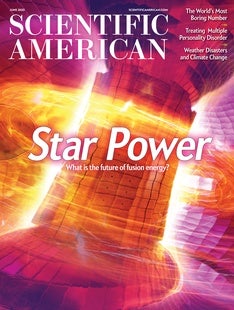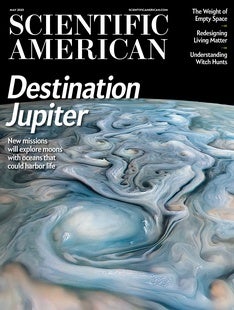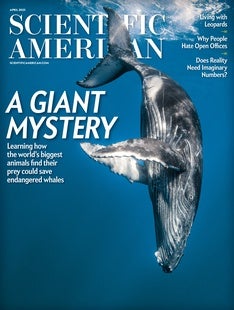 |
| June 01, 2023 |
| |
| | Lee Billings, Senior Editor, Space & Physics | |
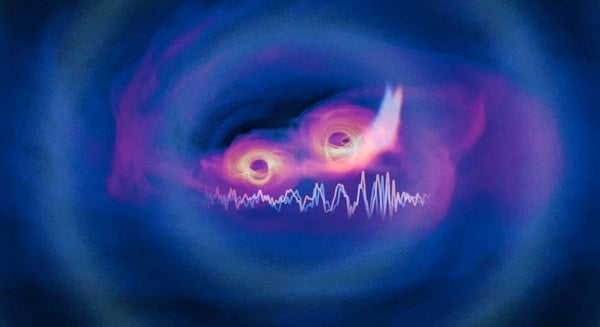 |
| |
| |
| |
| |
| Weather NASA Mini Satellites Will Help Track Hurricanes Miniature satellites called CubeSats will collect meteorologic data that NASA hopes will help explain how and why some tropical storms intensify as they approach land | | By Daniel Cusick,E&E News | | | |
| |
| Astronomy Scientists Solve Star Spin Mystery Magnetic fields help to explain why some stars are spinning more slowly than astronomers thought they should | | By Clara Moskowitz,Lucy Reading-Ikkanda | | | |
| |
| |
FROM THE ARCHIVE
 | | Cosmic Inflation Theory Faces Challenges The latest astrophysical measurements, combined with theoretical problems, cast doubt on the long-cherished inflationary theory of the early cosmos and suggest we need new ideas By Anna Ijjas,Paul J. Steinhardt,Abraham Loeb | February 2017 | | |
LATEST ISSUES
 |
| |
| Questions? Comments?  | |
| Download the Scientific American App |
| |
| |






